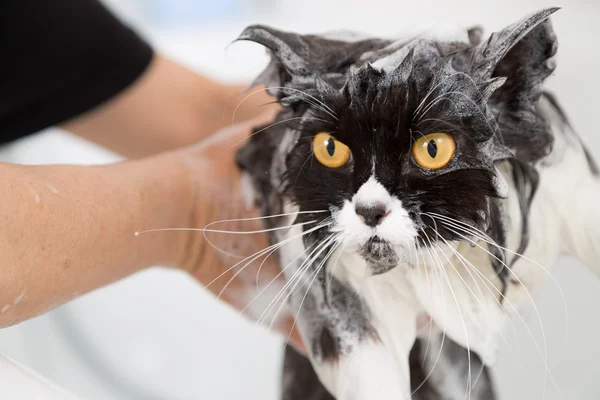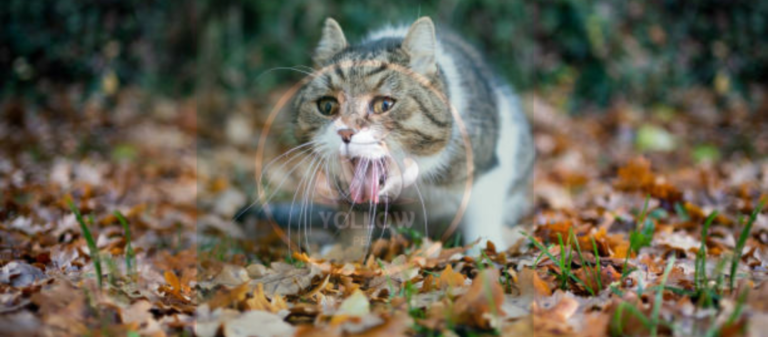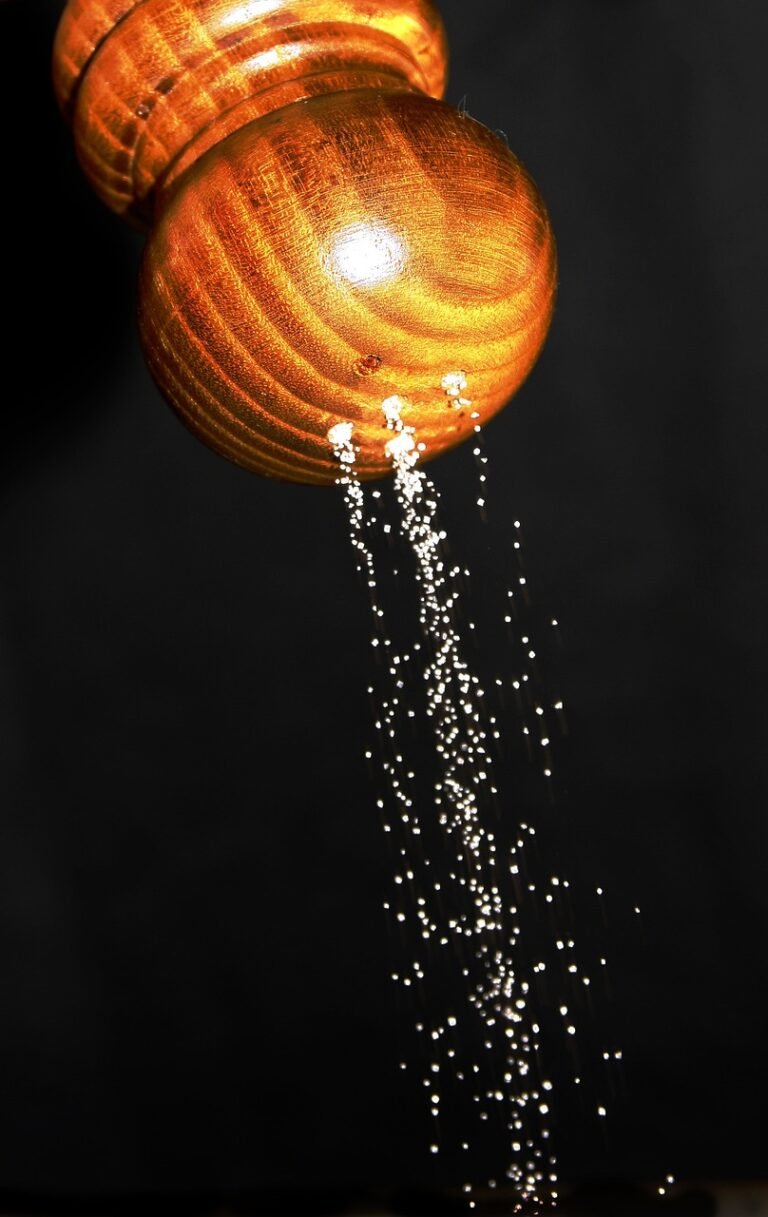How to bathe a Cat
For most people, the idea of bathing a cat sounds like an impossible task. Cats are known to be solitary animals, and unless they need a wash (which they might dislike as most cats do not like water), their self-cleaning habits can leave many people under the impression that a feline never has to take a dip. Cats should generally not be bathed unless they get unusually sticky or smelly, have fleas, or have a dermatological condition that necessitates occasional medicated baths. In this post, we offer a complete guide on how to bathe your feline friend, from start to finish, to help make this process easier for both you and your cat.
How to Get Along with Cats: Why Do Cats Hate Water?
Before diving into the step-by-step approach to bathing your cat, we should first look into why many cats hate water. The rise of domestic cats is linked to their origins in arid regions, where direct contact with water wasn’t common. Animals with thick, insulating fur cannot dry quickly, and being wet can make them feel cold and exposed. Additionally, a bath can remove the oils on their fur that are beneficial for keeping their skin healthy. Cats are such meticulous groomers that they can spend hours a day licking themselves clean, and many of them do not appreciate additional interference.
Although no cat is ever going to love bath time, sometimes it is a necessary evil. You can help make the experience less of an ordeal for both yourself and your furry companions with some patience, prep work, and a good approach.
When to Bathe a Cat
While the vast majority of cats may never require a bath, there are times when one can be helpful.
- Dirty Coat
Bathing a cat is only required if it has gotten into something sticky or oily that rinsing and grooming can’t clean from their fur. - Fleas or Parasites
If your cat has fleas, or even mites on their skin, bathing them in a medicated flea shampoo prescribed by a vet can ease the infestation. - Skin Conditions
For certain skin problems, including fungal infections, allergic reactions, or bacterial infections, a medicated bath may be required. - Odor
Sometimes cats just get stinky, and no amount of self-grooming will take the odor away, usually due to getting into skunk spray or chemicals. - Long-Haired Cats
More grooming is required to maintain a clean and mat-free coat in long-haired breeds such as Persians or Maine Coons, which need this attention more than others.
Preparing to Bathe Your Cat
The best time to bath your cat is when she’s relaxed. By preparing well, you can reduce stress and avoid incidents.
- Gather Supplies
Being prepared before you bring your cat into the bath will make it less stressful for both you and her. You will need:
- Shampoo for cats (DO NOT USE HUMAN SHAMPOO): Some human or dog shampoos can be too harsh on their sensitive skin.
- Two towels: One to dry your cat afterward and another underneath them in the bath (to prevent slipping).
- A rubber mat: This gives your cat a stable base for sitting in the tub.
- Rinse aid: You can use a detachable shower head if your cat is fine with the noise, or a cup or pitcher for rinsing.
- Treats: Reward your cat with treats before, during, and after the bath to help them believe the bath isn’t as daunting.
- Cotton balls: These can be placed in your cat’s ears to prevent water from getting inside.
- Brush or comb: Use this to untangle the fur before bathing to prevent matting.
- Brush Your Cat Before the Bath
Brushing helps remove loose fur and any mats or tangles for better bathing. For serious matted areas, especially close to the skin, seek professional grooming help before the bath. Bathing a matted cat can tighten the tangles further, making it uncomfortable. - Trim Your Cat’s Nails
Cats often respond to the stress of a bath by scratching, so trimming their nails beforehand can reduce the risk of injury. - Select a Safe and Quiet Place
Choose a quiet place with no drafts where your cat feels at ease. The bathroom is ideal since it’s easy to clean up water splashes. Make sure the door can be shut so your cat doesn’t escape mid-bath. If your cat has never had a bath, let them get used to the bathroom by spending quiet time in there. - Temperature Matters
Ensure the water is lukewarm—not too hot or cold. Extreme temperatures can make cats unhappy. - Enlist Help If Necessary
If your cat is unruly, don’t hesitate to ask someone for help holding and calming the frightened cat while you wash.










